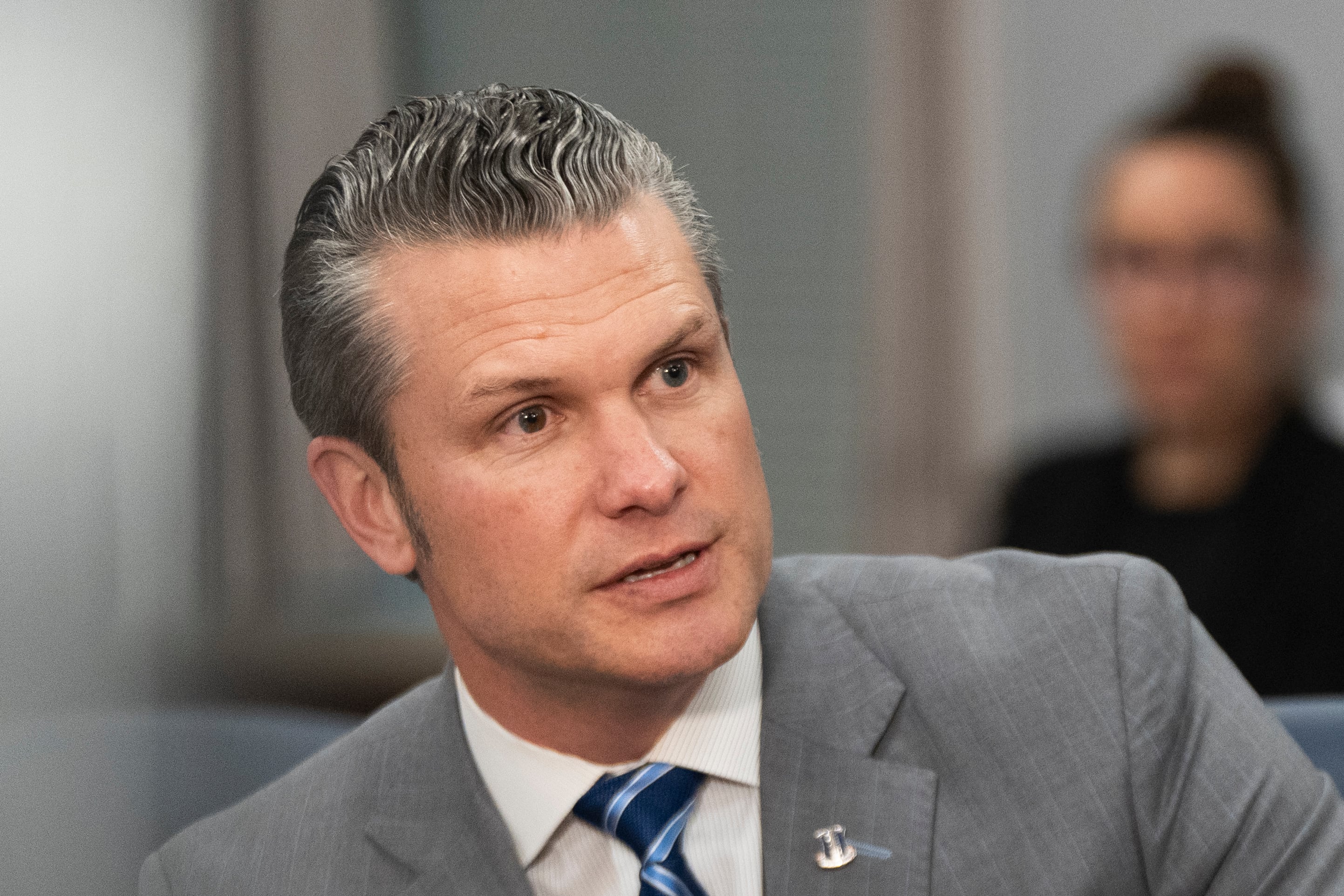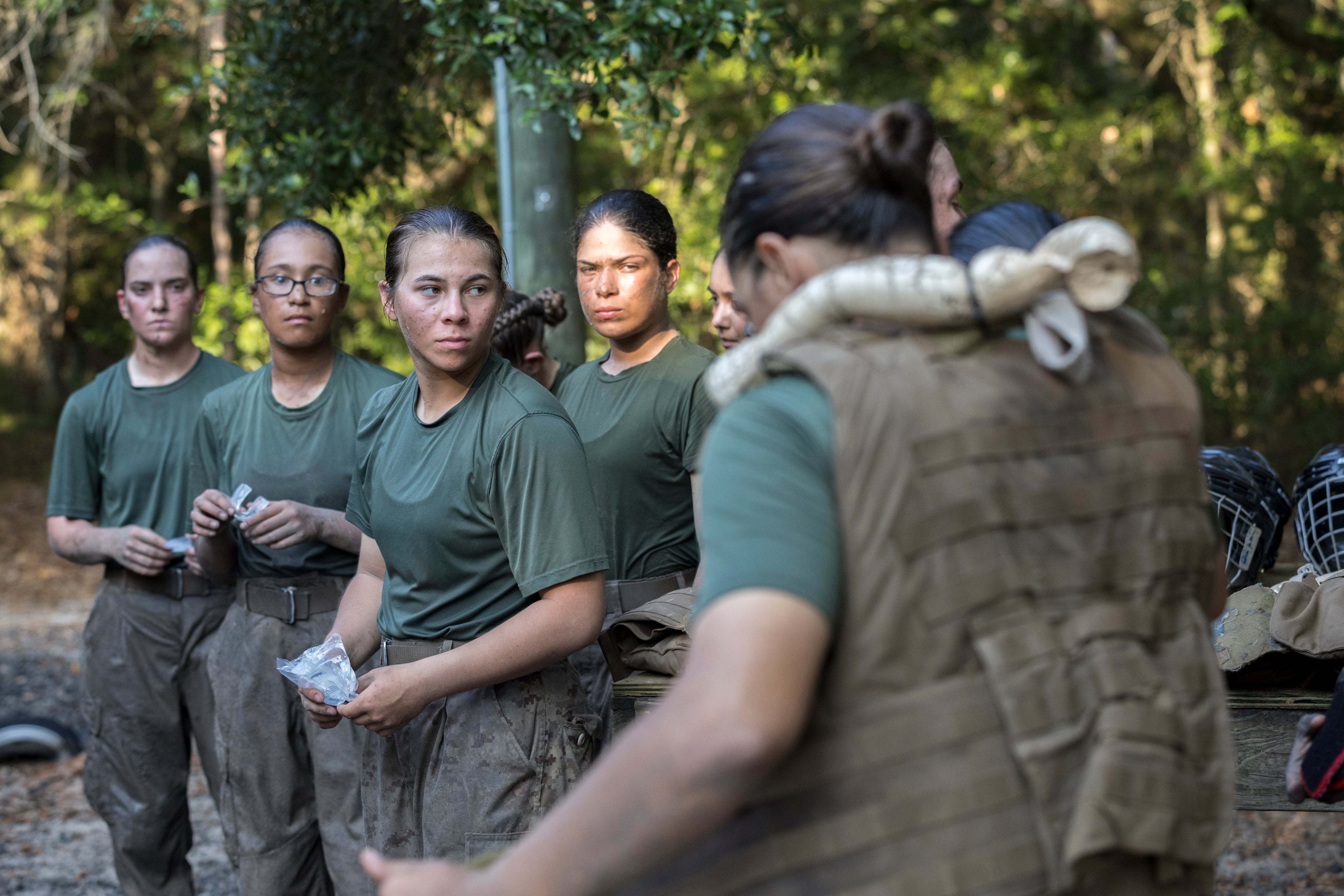The Navy is forward-deploying F-35C Lightning II and CMV-22B Osprey aircraft to Marine Corps Air Station Iwakuni, Japan, to maintain security efforts in the Indo-Pacific region, the service announced in July.
Strike Fighter Squadron 147 and its F-35C Lightning II aircraft are slated to replace the F/A-18 Super Hornets from Strike Fighter Squadron 115.
The Ospreys, which belong to Fleet Logistic Multi-Mission Squadron 30, will replace the C-2A Greyhound aircraft of the Fleet Logistics Squadron 30 detachment that has supported Carrier Air Wing 5 embarked on the aircraft carrier Ronald Reagan.
The carrier Reagan is expected to return to the U.S. later this year for scheduled maintenance after spending nearly a decade forward-deployed to Japan. The carrier George Washington has been tapped to take its place as America’s forward-deployed aircraft carrier in Yokosuka. The Washington previously made its rounds as a forward-deployed carrier in the region from 2008 to 2015. Carrier Air Wing 5 will join the Washington once it arrives in Japan, according to the Navy.
“The United States values Japan’s contributions to the peace, security and stability of the Indo-Pacific and its long-term commitment and hospitality in hosting U.S. forces forward deployed there,” Navy officials said in a release. “These forces, along with their counterparts in the Japan Self-Defense Forces, make up the core capabilities needed by the alliance to meet our common strategic objectives.”
The aircraft deployments come as Ospreys continue to face scrutiny in the wake of fatal mishaps. An Air Force Osprey crashed off the southern coast of Japan last November, killing all eight troops aboard.
The crash was determined to be caused by cracks in a metal gear and the pilot’s decision to keep flying, instead of heeding multiple warnings that he should land, according to an Air Force investigation released Thursday.
Osprey fleets across all services were grounded for three months as a result. Naval Air Systems Command gave the green light to return the aircraft to limited flight operations in March. Restrictions are currently in place that bar the aircraft from conducting some of the Osprey’s core missions. The Osprey’s joint program office within the Pentagon has said those restrictions are likely to remain in place until mid-2025.
More than 50 troops have died in Osprey mishaps since the aircraft was introduced, Military Times reported in 2023.
In July, three Massachusetts lawmakers called for Defense Secretary Lloyd Austin to ground Ospreys until the Air Force is able to figure out key causes of the mishaps.
The Associated Press contributed to this report.
Riley Ceder is a reporter at Military Times, where he covers breaking news, criminal justice, investigations, and cyber. He previously worked as an investigative practicum student at The Washington Post, where he contributed to the Abused by the Badge investigation.




